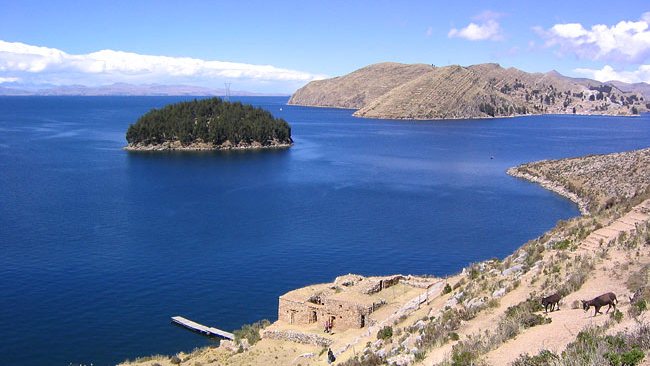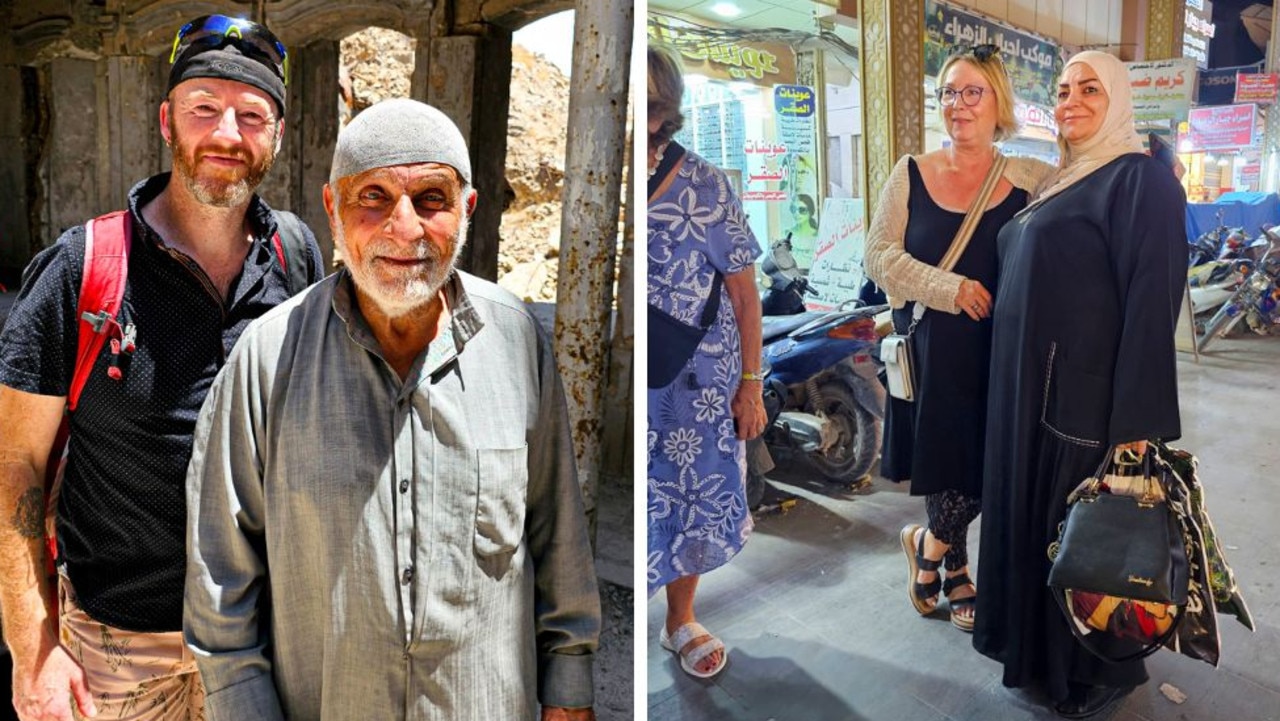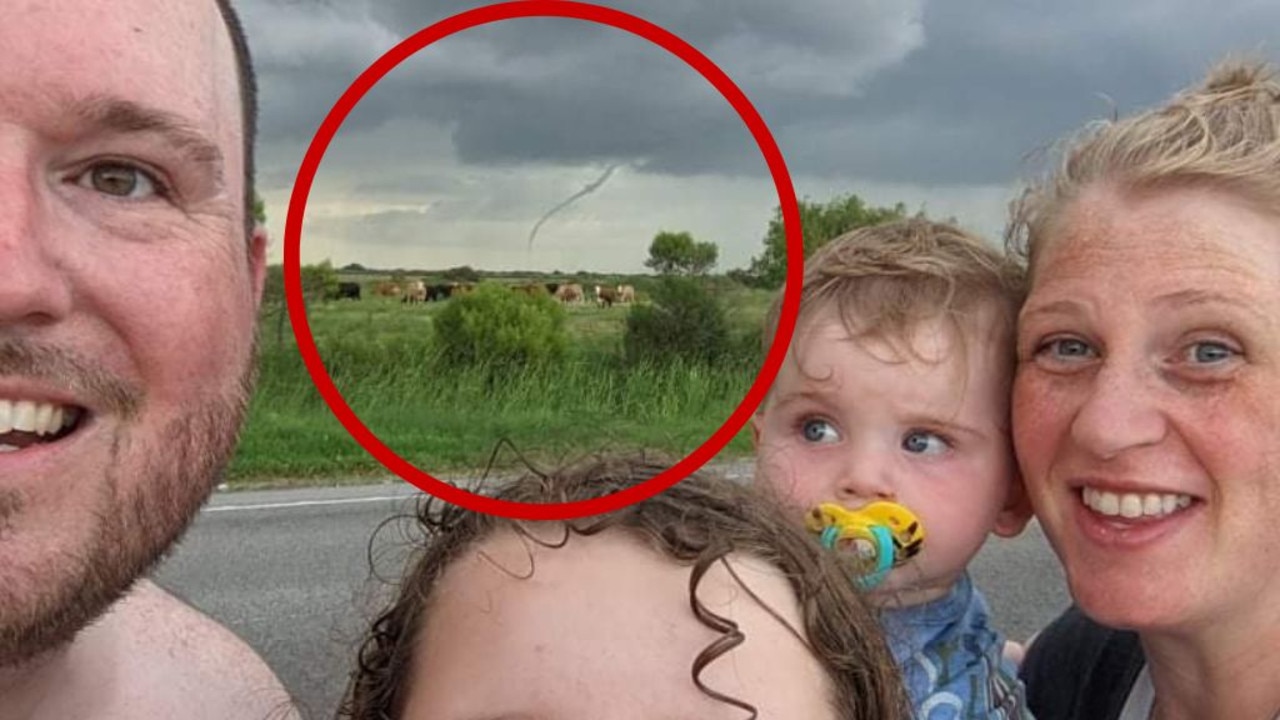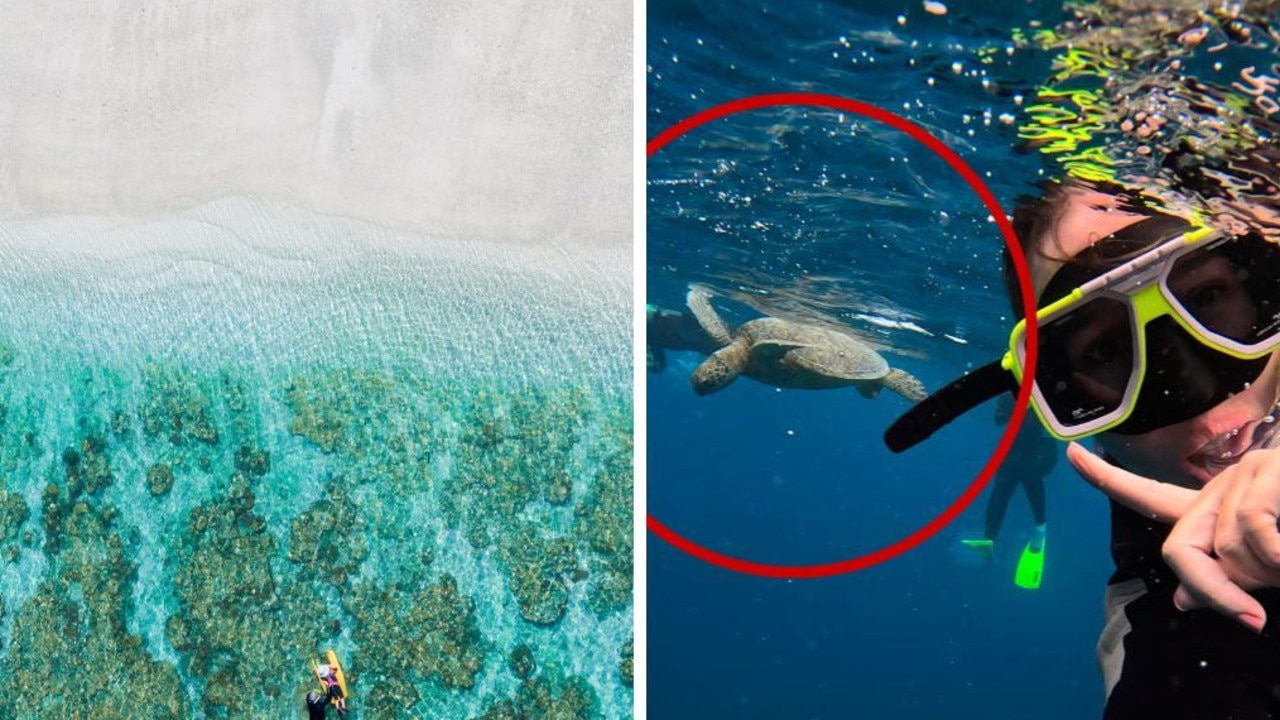Lonely Planet guide to iconic Peru
LUMINOUS archaeological sites? Check. Rainforests? Check. An arid coast with a highly surfable Pacific swell? Check. It's time to buy a ticket to Peru.

LUMINOUS archaeological sites? Check. Lush rainforest? Check. An arid coast lapped by a highly surfable Pacific swell? Check.
Peru, it seems, has it all a wondrous, surreal mix of peoples, cultures, geographies, languages and food.With its new edition Discover Peru guide published this month, Lonely Planet has selected the most iconic sights and incredible places to get to the heart of the real Peru.
Machu Picchu
For many visitors to Peru and even South America, a visit to the Inca city of Machu Picchu is the sweet cherry on the top of their trip. One of the best-known archeological sites on the continent, this awe-inspiring ancient city was never revealed to the conquering Spaniards and was virtually forgotten until the early part of the 20th century. In the high season (late May until early September), an estimated 2500 people arrive daily. Despite this influx, Machu Picchu nonetheless retains an air of grandeur and mystery. For any visitor to Peru, this is a must.
The Nazca Lines
One of the Earth's greatest archeological mysteries sits quietly on the arid southern coast. Spread across an incredible 500sq km of arid, rock-strewn plain in the Pampa Colorada (Red Plain), the Nazca Lines remain an enigma. Consisting of more than 800 straight lines, 300 geometric figures (geoglyphs) and, concentrated in a relatively small area, about 70 spectacular animal and plant drawings (biomorphs), the lines are almost imperceptible at ground level. It's only when viewed from above that they form their striking network of enormous stylised figures and channels, many of which radiate from a central axis.
The floating islands of Lake Titicaca
Peru is full of surreal sights but probably none as fantastic as the Islas Uros, a series of inhabited islands that bob around the bay just in front of the bustling, merrily claustrophobic city of Puno. Begun centuries ago, these buoyant homesteads were built as a way for the Uros people to escape more aggressive mainland ethnicities, such as the Incas. They are crafted out of tightly woven totora reeds, which are also used in the construction of boats and houses. Some islands also have elaborately designed versions of traditional tightly bundled reed boats on hand. Be prepared to pay for a ride or to take photographs.
Canon del Colca
One of the world's deepest canyons, the Canon del Colca can be explored on a multiday trek or on overnight visits. Expect idyllic Andean villages, mountainsides carved into spectacular shapes by ancient agricultural terraces, condors soaring on the wind currents and vistas of snow-capped peaks in the distance. Best of all, you'll get to try a local delicacy: the spicy shrimp bisque known as chupe de camarones. To visit most of the points of interest in the Canon del Colca, all foreigners are required to buy a boleto turistico (tourist ticket; about $A8.50), available from most public buses entering or leaving Chivay, or in the town of Cabanaconde.
Islas Ballestas
Off the Peninsula de Paracas, on the country's southern coast, is a series of rocky outcrops known as the Islas Ballestas. Although grandiosely nicknamed the "poor man's Galapagos", the Islas Ballestas make for a memorable excursion. The only way to see them is on a boat tour and while the tours do not disembark on to the islands (they are protected), they do get you startlingly close to the wildlife. In general, an hour is spent cruising around the islands' arches and caves. Here you'll find a geography teeming with life honking sea lions, preening Humboldt penguins, as well as colonies of Peruvian boobies engaged in squawk-filled conversation.
Colonial Trujillo
Peru's environment has not been kind to its colonial buildings. Between the cataclysmic earthquakes and severe weather, few historic structures have survived unscathed. The north coast city of Trujillo, however, offers an opportunity to catch a glimpse of what the country would have looked like in another era. The bustling city founded in 1534 by conquistador Francisco Pizarro has a little bit of everything: pre-Columbian ceremonial centres, picturesque colonial architecture, exquisite regional cooking and a tradition of music and dance. Off the main tourist trail, it offers an experience that is refreshingly, authentically Peruvian.
Cuzco
As legend has it, the Inca civilisation was born in the 12th century when Manco Capac and his sister Mama Ocllo, children of the sun, emerged from Lake Titicaca to establish a civilisation in the Cuzco Valley. Whether Manco Capac was a historical figure is up for debate, but what is certain is that the location he chose is inspired. Cuzco (qosq'o in the Quechua language), as the Incas saw it, was the navel of the world, the source of all life. In that regard, it remains that way still a lively ancient city that unselfconsciously bursts with vigour. Walk through the main plaza and you'll find entrepreneurs hawking everything from finger puppets to massages. There are flamboyant discotheques, bustling markets and singing shoeshine boys, but take a moment to explore Cuzco's labyrinthine streets and you'll also find hushed churches, stately museums and delectable haute cuisine. It is a diverse and irresistibly vital madhouse. However long you plan to spend here, it won't be enough.
Cordillera Blanca
There are vistas that will make the most devoted couch potato want to strap on a backpack and go. The Cordillera Blanca, the mountain range east of Huaraz, is certainly toward the top of that list. About 20km wide and 180km long, it is an elaborate collection of toothed summits, razor-sharp ridges, emerald-coloured lakes and grassy valleys draped with crawling glaciers. More than 50 peaks of 5700m or higher grace this fairly small area.
North America, in contrast, has only three mountains in excess of 5700m; Europe has none. Huascaran, at 6768m, is Peru's highest mountain and the highest pinnacle in the tropics anywhere in the world. This neck of Peru has craggy peaks with dollops of gleaming white snow and high-altitude lakes the colour of sapphires. Packed in between are diminutive villages where life is lived by the cycle of the seasons. If the altitude doesn't take your breath away, the scenery definitely will.
This is an edited extract from Lonely Planet Discover Peru (1st Edition) by Carolina A Miranda, et al.
Lonely Planet 2011. RRP: $37.99.
Buy Lonely Planet Discover Peru online at www.lonelyplanet.com/escape and get free shipping. Just enter code: PERU at checkout.![]() Travel Tips: Peru destination guide
Travel Tips: Peru destination guide![]() Wego: Book Your Trip on news.com.au
Wego: Book Your Trip on news.com.au



